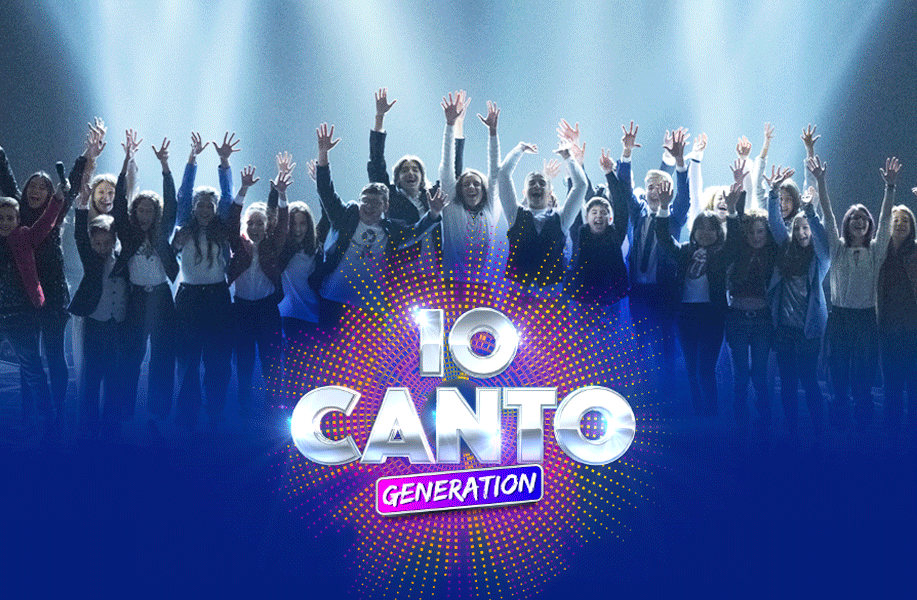With mobile-first viewing dominating media consumption patterns in Southeast Asia, animation studios are facing a transformative shift in content creation and distribution strategies. In this interview, Ervin Han, CEO and Executive Producer of Robot Playground Media, shares his insights on how this trend is shaping the animation industry. Han discusses the rise of FAST channels, the growing demand for short-form content, and the role of generative AI in streamlining production. He also highlights the importance of local storytelling and the opportunities it presents for Southeast Asian creators to make their mark on the global stage.
From preschool-friendly shorts to experimental narratives, Han explores the challenges and possibilities in this evolving landscape, shedding light on the need for sustainable financing models and innovative approaches to storytelling. Read on as we dive into the future of Southeast Asian animation and what it takes to captivate audiences in an increasingly digital world.
I’ll speak mainly on the animation space where content, particularly for preschoolers, has been device-driven for several years, reflecting a major shift in children’s viewing habits. Linear children’s programming is quickly fading as young audiences increasingly consume content on digital platforms. This evolution has paved the way for the exponential growth of FAST channels, which allow broadcasters, producers, and content creators to connect directly with viewers, bypassing traditional
distribution models. However, this shift presents challenges in developing sustainable financing strategies for these platforms.
Preschool animation thrives in short formats, typically 3–7 minutes, a trend that now extends to older kids aged 6–9 and beyond as attention spans continue to shorten.
The appeal of short-form animation is growing across all age groups, including adults. This evolution presents an opportunity for creators, producers, and broadcasters to experiment with a wide range of storytelling and visual styles while navigating the diverse cost spectrum of animation. Crafting unique and compelling narratives will be key to standing out in this space. A notable example is the French animated series Samuel. With a minimalist animation style, the show follows a 10- year-old boy living in a small town as he chronicles his life in a diary. Each of its 21 episodes run between two to six minutes, Samuel has become a viral hit and is poised for broad international distribution. Its success underscores the growing potential of short-form animated stories to captivate global audiences with innovative storytelling and relatable characters.
Will we see a continued shift toward mobile-first, short-form content? Or will more traditional formats remain popular?
It’s not a zero-sum game - formats will continue to diversify, which is both a blessing and a challenge for creators. While this variety opens doors for innovative
storytelling, it also necessitates more intricate and creative financing models to produce and sustain these shows. Like live-action content, there’ll always be a
demand for ‘premium’ scripted animation, as audiences seek deeper immersion in finely-crafted characters, worlds, and the escapism those stories offer. At the same
time, shorter formats are set to grow exponentially, particularly with the rise of generative AI. Controversy notwithstanding, AI is poised to revolutionize how creators
conceptualize and produce content, making it easier to experiment with new formats and storytelling techniques.
At Robot Playground Media, our philosophy is to spotlight voices and stories from Southeast Asia or Asia, bringing them to life through animation and packaging them
for regional and international audiences. The Southeast Asian animation market is still heavily dominated by overseas content, particularly Hollywood productions and
Japanese anime. However, thriving domestic markets, such as those in Malaysia and Indonesia, show strong potential for locally produced animation. The success of local animation often depends on the genre, target demographics, and the level of localization in the storytelling. Family-oriented animation is the safest bet but faces
stiff competition from international productions. Meanwhile, more mature or adult animation is gaining global traction, though the regional market might not yet be fully ready to embrace it. Nevertheless, a well-told story with authentic local elements has the power to resonate across the region, underscoring the universal appeal of compelling narratives.










